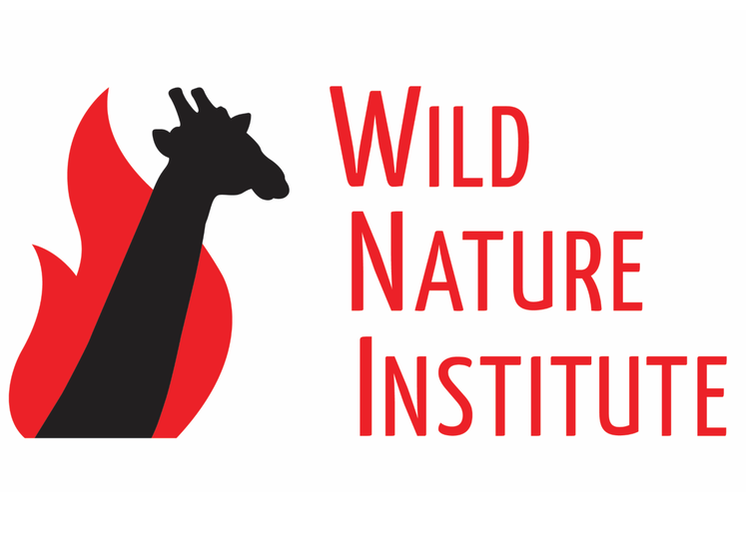|
Over the past 4 million years, geological rifting created nine volcanoes in the Ngorongoro Highlands of northern Tanzania. The world-famous Ngorongoro Crater was formed when one of the volcanoes - which originally may have been as high as Mount Kilimanjaro - exploded and collapsed on itself about two to three million years ago. This deep crater is purported to be the largest unflooded and unbroken caldera on the planet. One thing is for certain - the wildlife viewing within the stunning Ngorongoro Crater is nothing short of outstanding. The crater is home to an estimated 25,000 ungulates (hoofed mammals) which are readily seen grazing over the flat, grassy crater floor. These animals include western white-bearded wildebeests (genetically different from those in the Tarangire Ecosystem), Burchell's zebras, elands, Thomson's and Grant's gazelles, hartebeests, buffalos, warthogs, and a small population of critically endangered black rhinoceros. Of course, with that many ungulates, the density of predators is one of the highest in Africa. This makes for an exciting safari! We were fortunate to visit the Ngorongoro Crater this past week and are delighted to share with you some of the photos from our trip. Highlights included five black rhinos, a close encounter with a cheetah, and a rarely seen serval cat.
1 Comment
12/1/2013 01:11:51 pm
The resource that you mentioned in your blog Ngorongoro Crater: A Jewel of Tanzania is something that I have been looking from quite a time. And finally it ended with such a nice blog post. Don’t have words to thank you.....Keep posting....
Reply
Your comment will be posted after it is approved.
Leave a Reply. |
Science News and Updates From the Field from Wild Nature Institute.
All Photos on This Blog are Available as Frame-worthy Prints to Thank Our Generous Donors.
Email Us for Details of this Offer. Archives
July 2024
|
|
Mailing Address:
Wild Nature Institute PO Box 44 Weaverville, NC 28787 Phone: +1 415 763 0348 Email: [email protected] |
|

 RSS Feed
RSS Feed
